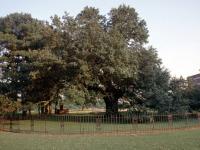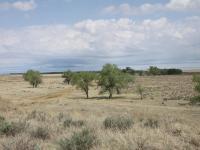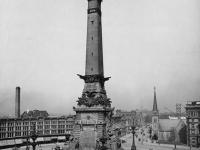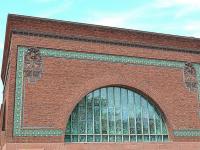Landmark Lessons
Landmark Lessons
Welcome to the Landmark Lessons section! The lesson plans here were generated by several teachers who completed the Cultures of Independence workshop in 2015. The workshop - and these lessons - illustrate how local and national history can be taught through a focus on a physical place and primary sources. Criteria for selecting lessons also included the teaching of historiography and, when appropriate, connections to the founding principles of the United States.
Use a lesson from your region, or become inspired to create your own.
Cultures of Independence was made possible in part by a major grant from the National Endowment for the Humanities: Celebrating 50 Years of Excellence

Any views, findings, conclusions, or recommendations expressed in this website or during the institutes, do not necessarily represent those of the National Endowment for the Humanities.
Additional funding was provided by Wells Fargo through HEAD for the Future, its partnership with HSP, and by Independence National Historical Park.
Browse Lesson Plans
|
This lesson uses a local landmark, the clock tower, to help students use history as a lens for understanding national movements. |
The topic of the lesson is the expansion of presidential power during the Civil War, and how this affected civil liberties provided by the Constitution. The lesson focuses on the political prisoners held at Fort Delaware during the Civil War. ... |
|
In this lesson, students will consider how the landmark, the Statue of Liberty, does or does not represent people's feeling about being an American. The lesson involves oral history and writing as learning techniques. |
In this lesson, students are challenged to define freedom for themselves through looking at how an artist interpreted it in the design of a statue on top of the U.S. Capitol. |
|
Through this lesson, students will explore how the definition of unalienable rights has changed over time. The example of the Emancipation Oak as a guiding force for their research across the internent. |
This lesson focuses on the attitude of residents in Pequannock, NJ towards independence during the American Revolution as well as the focus that the township of Pequannock gives to its Revolution history as a part of its collective identity. |
|
This lesson is designed to introduce landmarks to 5th graders, starting with local landmarks and moving to U.S. landmarks. |
Students will be able to explain the importance of landmarks in their community and why James Otis Jr. and Mercy Otis Warren are honored in the Town of Barnstable through observation, inference and discussion. |
|
Many students do not realize the extension of the Civil War and its impact on western settlement, and especially its impact on Native Americans. In Colorado, 1865, the US Cavalry attacked a peaceful settlement of Cheyenne and Arapahoe Indians. |
This lesson’s main learning objective is for students to use primary sources to research Indiana veterans of the Civil War. |
|
This lesson will link math number sense, coin recognition, and Minnesota microeconomics standards of how individuals, businesses, and government interact and exchange goods and services. This bank is an important landmark and focal point of... |
For most, this lesson would more than likely fit into a unit pertaining to the Second World War, either the Homefront or Pacific Theater. |
- ‹ previous
- 2 of 3
- next ›












